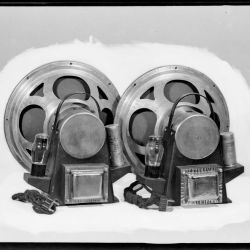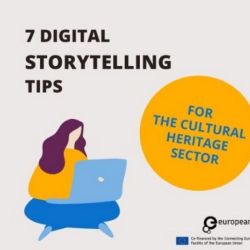The impact of the pandemic on our working lives, which began with great shock and disruption, has begun to even out and become our new normal. We’ve seen the importance of digital for the cultural heritage sector grow but also the widening of the digital divide. We are not all born-digital equal and there is now a greater need than ever to empower the sector to embrace, manage and benefit from digital change.
We thank Europeana Foundation staff, our partners and friends in the Europeana Network Association, the Europeana Aggregators’ Forum and all of the projects we are part of across the sector for their continued dedication and hard work.
What is Europeana DSI-4?
The European Union is working to create the infrastructure that will support its citizens, sectors and public administrations in their access to digital services. It is building ‘digital bridges’ through what it calls Digital Service Infrastructures (DSIs), to provide access to those services for the benefit of all. Europeana is the DSI that delivers services to showcase and provide online access to Europe’s digital cultural heritage.
The Europeana service is provided by a consortium of 21 partners, coordinated by the Europeana Foundation, and is funded under the Connecting Europe Facility (CEF). Europeana DSI-4 is the current project.
Explore significant highlights from the third year of DSI-4 (September 2020 - August 2021) below.

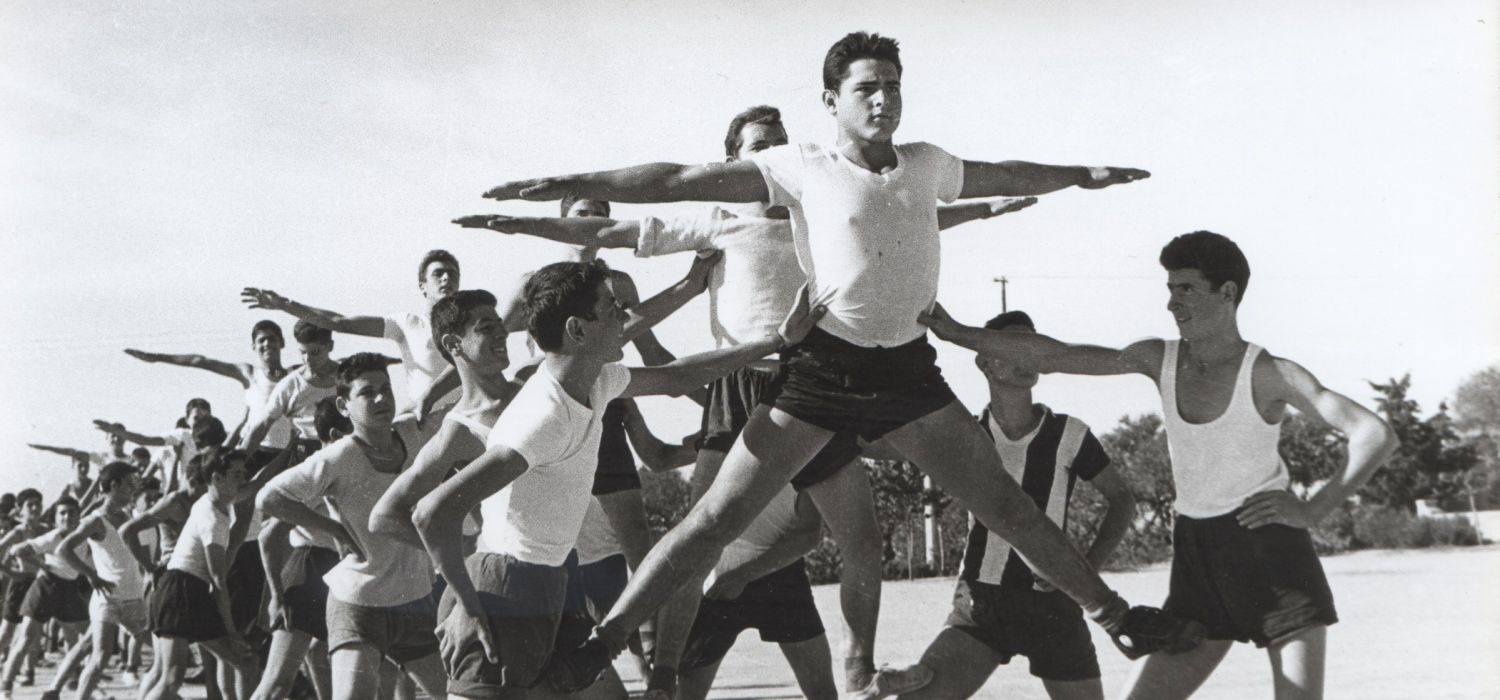
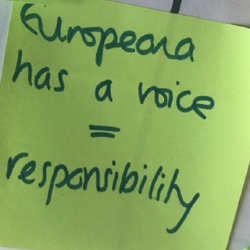
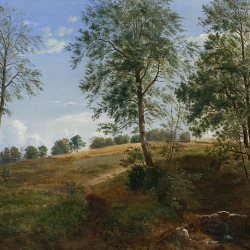
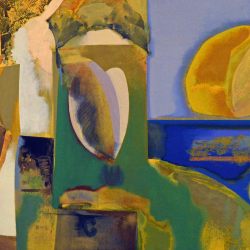
.png)
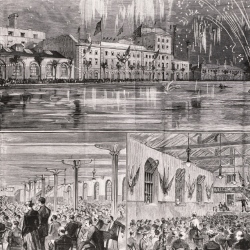

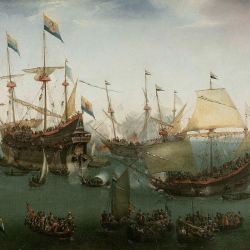
.png)
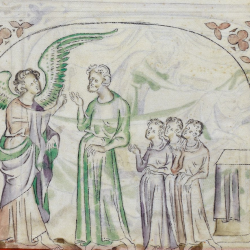
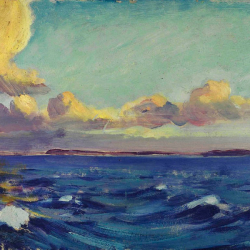
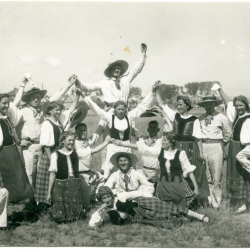
.png)

